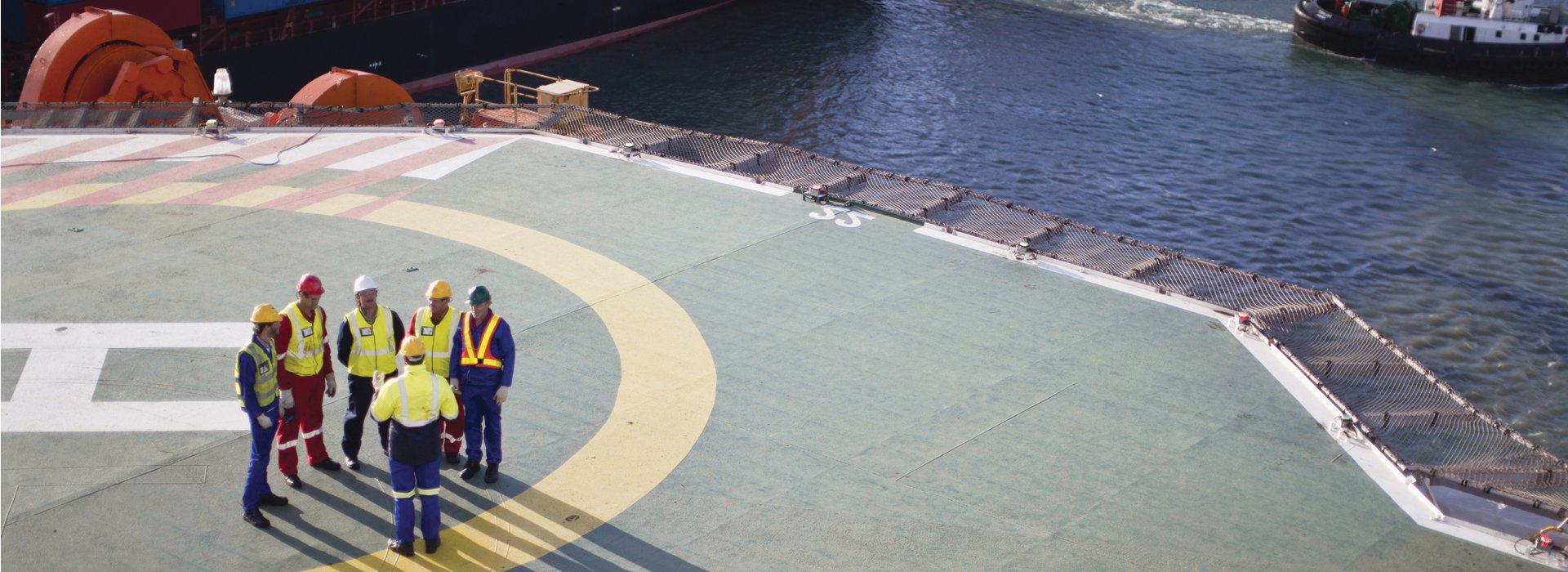Three Ways to Embed Safety and Achieve Outcomes
Without a doubt, workplace safety is improving worldwide—lost-time injuries are decreasing as the concept of process safety management has transcended the chemical industry to reach mining, food production, utilities and others.

RED. CEO. OMG. Three ways to embed safety thinking and achieve the outcomes you want.
Governments have advanced safety regulations and enforcement while industry has made significant improvements in safety standards and operational discipline. Singapore, for example, has already set safety goals for 2028 and, if 2018 is any guide, may meet them well in advance. Australia has enacted corporate governance regulations that hold directors personally accountable for safety. And other countries are adopting various enforcement mechanisms to enhance safety requirements.
Even as the lost time injury rates have fallen and improvements in overall safety performance is evident, spikes in fatalities and major releases continue to occur.
What's more, today's environment is further complicated by new challenges:
- Long, fragile supply chains are vulnerable to major incidents. These disruptions, which test just-in- time concepts, can have significant business impact.
- The accelerated pace of change and the dizzying increase in new technologies add risk if goals are not clear and there is no feedback loop for responding to issues.
- Demographic changes for some industries, such as retirement rates as high as 40% of experienced workers in the next three to five years, can reduce capability to run and maintain safe operations.
- According to a recent Marsh report, 43% of incidents can be attributed to mechanical or asset integrity, which could be linked to aging assets.
- Communities are far less tolerant of incidents and toxic releases.
The current state of safety: RED.
At International Process Safety Conference (INPSC) 2020, we shared three easy-to-recall acronyms for assessing, driving and reaping the rewards of organization-wide risk management. The current state can be described as RED.
- Risk awareness: Lack of alignment and knowledge of top risks remains rampant in organizations globally. Technical studies and risk assessments abound, but results and recommendations are rarely internalized by leadership and the workforce.
- Engagement: People do have an intellectual awareness of risks—no one intends an incident. But we need to move beyond simply participating in activities led by technical personnel so that the whole workforce internalizes risks and focuses on outcomes. This requires a big shift in culture, capability and mindset. Instead of a safety mindset, which looks backward and sees that performance has improved, organizations require a risk mindset—one that considers where you want to go and how to get there.
- Disciplined execution: Are you still using 20th-century solutions to solve 21st-century challenges? Many organizations continue to address problems based on what has worked in the past. Companies remain siloed and lack any integrated approach. This may have been suitable for the last century, but today's risks are too complex—with consequences that impact our neighbors, supply chains and local communities—to be solved in a vacuum.

Urge everyone to act like a CEO.
Three key actions contribute to driving an effective risk mindset across leadership and the workforce:
- Communication: It is critical to drive enhanced, two-way communication throughout the organization. Employees and contractors must have avenues to share information without fear so issues and challenges can be addressed proactively, rather than being caught by surprise. This is where leaders have to embrace the principle of "not shooting the messenger" who delivers bad news.
- Enablement: It's not just about telling people what to do. We must help employees and contractors understand why they are doing what they are doing.
- Ownership: It's important to engage with employees and contractors to instill a sense of ownership across all levels of the organization. Once we have enabled employees to understand the "why," we have to empower them to make decisions to stop unsafe work practices. Ultimately, this will contribute to reduced risks and support the achievement of business objectives.
Greater success with PSM starts at the top, but it doesn't end there. Balancing insights gleaned through data analytics with a better-engaged workforce will create the stickiness of sustainable growth.
Achieving business expectations: OMG!
By recognizing challenges and having everyone act like a CEO, organizations can achieve desired expectations. Ultimately, a line-led, risk-based approach in which leaders and the workforce are all engaged and aware of risks will result in the natural execution of proper PSM.
- Outcome focus: Ultimately, all standards, training and implementation should drive toward zero incidents and zero injuries. Leaders cannot simply focus on activities or training without considering how they contribute to safety. Instead, they must continuously evaluate and challenge how money, time and resources are directed to move toward these specific outcomes.
- Mindset shift: An organization-wide risk mindset can go a long way toward ensuring that employees remain conscious that risks continue to exist. In order to achieve our destination of zero incidents and injuries, we need to maintain attention on managing these risks, seeking any potential challenges that may be in the way.
- Good governance: A natural outcome of an engaged, empowered workforce, positive governance will help the organization increase discipline and meet desired outcomes.
Safety requires an ongoing focus on basics such as building awareness, communication and engagement among others. In the drive toward zero injuries or incidents, think RED, CEO and OMG.